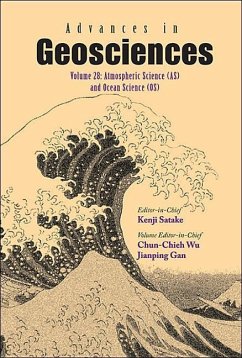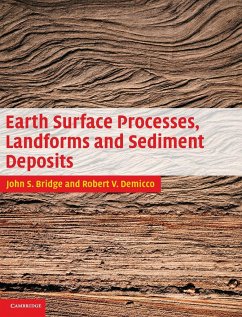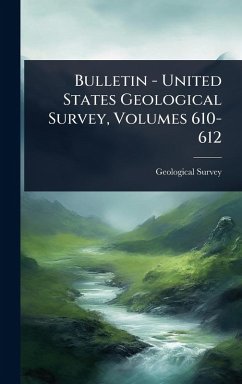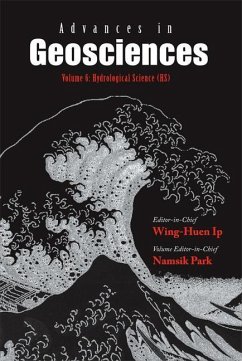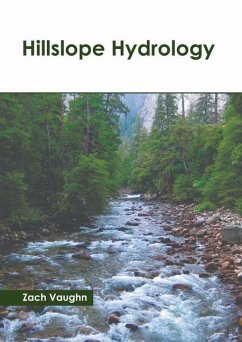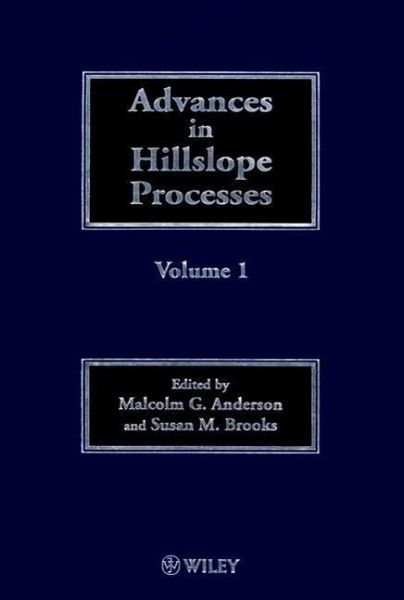
Advances in Hillslope Processes, Volumes 1 and 2
Versandkostenfrei!
Versandfertig in über 4 Wochen
788,99 €
inkl. MwSt.

PAYBACK Punkte
394 °P sammeln!
Deals in detail with the full range of elements appropriate to hillslope research. It develops several key themes in an attempt to bring together the very latest advances in hillslope research. Hydrological, solute, soil, gully and slope stability processes together with processes in tropical, semi arid and periglacial environments are all accorded major sections in the book. Written by internationally renowned experts in the field it brings together recent innovative advances in both modelling and field monitoring. "Hugely valuable publication that not only makes an impressive statement on or...
Deals in detail with the full range of elements appropriate to hillslope research. It develops several key themes in an attempt to bring together the very latest advances in hillslope research. Hydrological, solute, soil, gully and slope stability processes together with processes in tropical, semi arid and periglacial environments are all accorded major sections in the book. Written by internationally renowned experts in the field it brings together recent innovative advances in both modelling and field monitoring. "Hugely valuable publication that not only makes an impressive statement on or contemporary knowledge and methodology but also sets up a well defined platform for future work." --Progress in Physical Geography, Vol 21:4 1997



